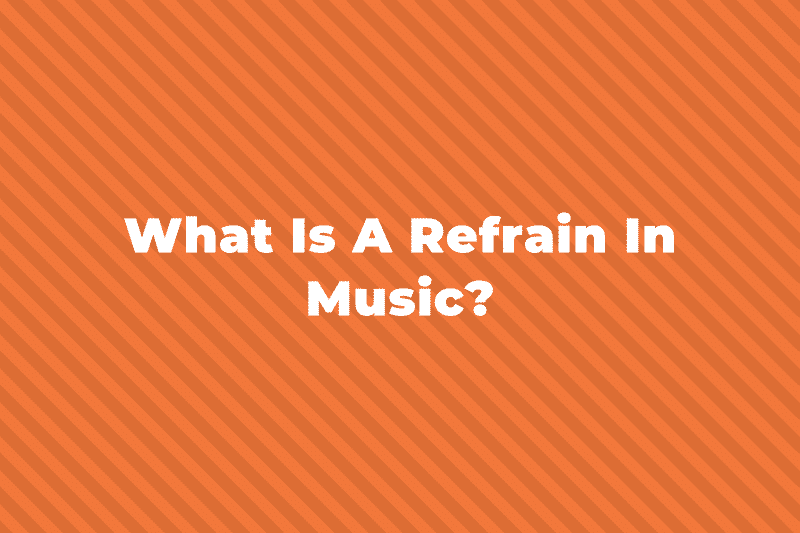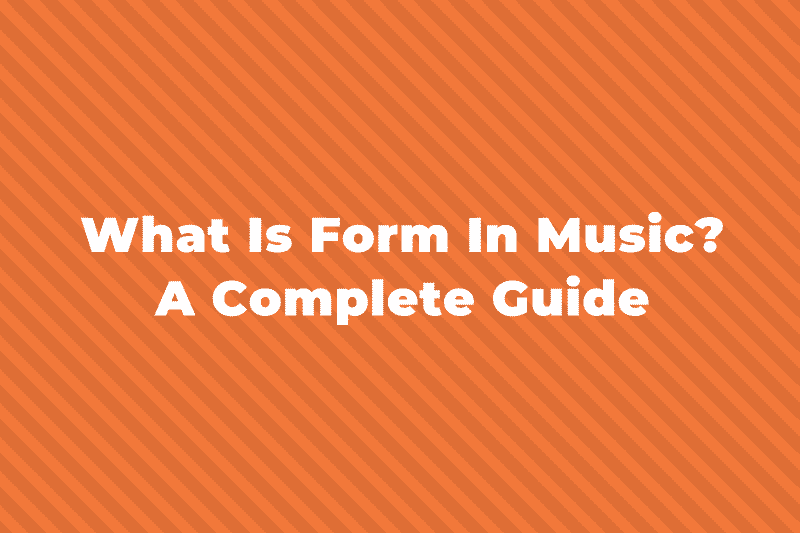From the very earliest times, music has been composed using certain forms, one of which is the round.
In this article, we investigate one of the older forms of music and discover how the 1970’s group, The Beach Boys, borrowed a theme from children’s bedtime songs, to produce one of their hit songs.
And we clear up the mystery involving rounds and toast, and why we need to catch it.
So, hold on tight as we launch you onto the wonderfully colorful merry-go-round of canons, rounds, fugues, and pervading imitation.
First, we need to cover exactly what is a round in music?
Definition of a Round
The round, also known as “rondo” in Italian, has been an element in western music since the 1100s.
A round in music is a composition in which 3 or 4 voices sing exactly the same melody at the unison or octave with each voice starting at different times.
The round is therefore a simplified canon.
The song may be repeated many times until called to an end, although there are many with fixed endings that are notated by a fermata.
This might seem like a recipe for disaster, but the timing of the entrance by each voice is carefully matched to the melody.
This ensures that the entrance of the different parts coincides to produce a harmonious sound that can be repeated an infinite number of times.
History of the Round
We find reference to rounds in Europe from the 12th century onwards.
They regained popularity in the mid-1700s, reaching notoriety in the glee clubs.
Established in 1762 and offering prizes for rounds (catch, canon, serious glee, and cheerful glee compositions), the Noblemen and Gentlemen’s Catch Club proved a big hit with the drinking crowd.
And as to our mystery surrounding toast?
The singing of rounds (catches) whilst making toasts to good health is what is being referred to in the lyrics of the song, “And let the catch and toast go round.”
The gentlemen certainly approved of this amateur singing combined with copious drinking.
Here’s an example of what you could encounter if you chose to attend a Gentleman’s Club:
Round vs Canon vs Fugue vs Catch
Various terms are sometimes used interchangeably to describe rounds.
A canon is a composition for several voices or instruments that sing or play the same melody but start at different times.
The most famous of which is probably Pachelbel’s Canon in D Major.
So, the round is actually a special type of canon also known as a perpetual canon or infinite canon.
The round exactly repeats or imitates the subject of the song without introducing new material.
Fugues can be confused for rounds, but the two are not the same.
A fugue will move on to different material after voicing the melody, which may be repeated or imitated by 3 or 4 voices.
However, the structure of a fugue includes the repeats at intervals or not at all and does not make up the whole of the composition.
The catch is a particular type of round that historically had a secular theme, although there are many that include devotional material.
Its defining characteristic is that a different phrase emerges when the lyrics are separated into individual voices.
This opportunity for vulgarity and innuendo gave rise to its popularity in the gentlemen’s clubs of the mid-1700s.
What is Pervading Imitation?
Pervasive imitation involves all the voices in repeating the same melody.
It became the dominant musical texture in sacred music of the late fifteenth and sixteenth centuries.
Many, if not all of the phrases begin with imitation.
As it developed in the course of the 15th century, it became the precursor to what we now associate with a round.
Examples of Rounds
Currently, rounds can be used to teach children how to sing a melody and to listen carefully to what the rest of the choir is singing.
Known as solfege rounds, ordinary rounds are used to help young musicians sing and play in harmony without having to learn more complex parts.
By singing or playing the same music, groups start at different times to learn how to combine with their counterparts.
Each voice enters using the same notes, after a set interval of time, and using the same pitch.
The round works so well because different notes in the same chord are sung in harmony, creating a familiar rhythm and lacking any jarring combinations.
Let’s start with some simple rounds with which you are familiar:
“Row, Row, Row Your Boat” (for 4 voices)
“Frère Jacques”
“Three Blind Mice”
“God Only Knows” by The Beach Boys
Here are some examples by classical composers:
Benjamin Britten
J.S. Bach
Wolfgang Amadeus Mozart
Ludwig van Beethoven
Final Thoughts
Finally, we need to look at how you can read a round in your musical score. The opening melody is referred to as a “leader” or “dux.”
The notation for rounds is usually shown as one melodic line. Asterisks are then used to denote where the followers start.
Each of the other followers or parts, use the same melody as they enter the song.
The round usually continues for a set number of repetitions and then ends.
In some canons, the “leader” (melody) is an exact copy of each of the other parts.
While in others, the harmony is helped by altering the melody slightly.
Canons developed into fugues through the joining of other parts at different intervals, such as a fifth lower, for instance.
Although it’s relatively easy to remember a single melody with limited lyrics, as the new musicians get involved with their new lines in the song, it becomes far more challenging to remember and concentrate on singing your own lines.
This is why rounds are such a great tool for young musicians to learn from and practice.



